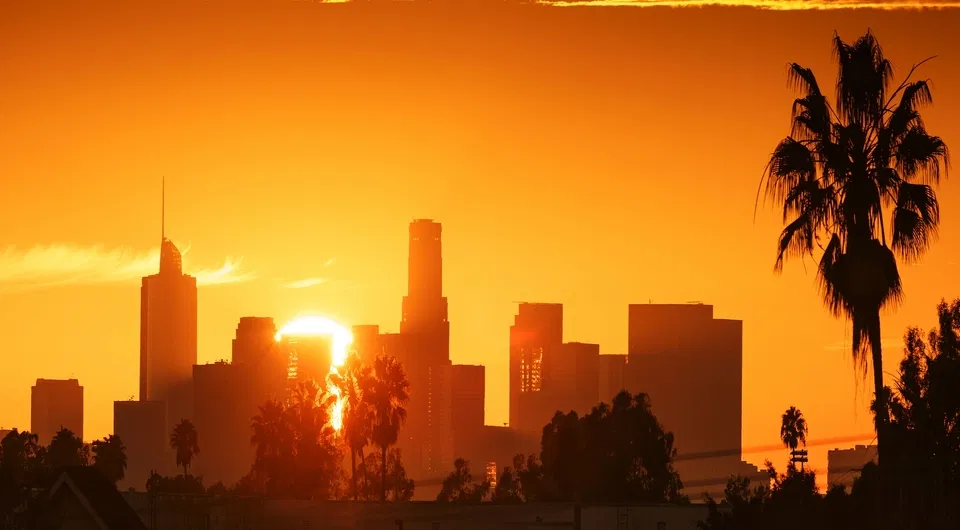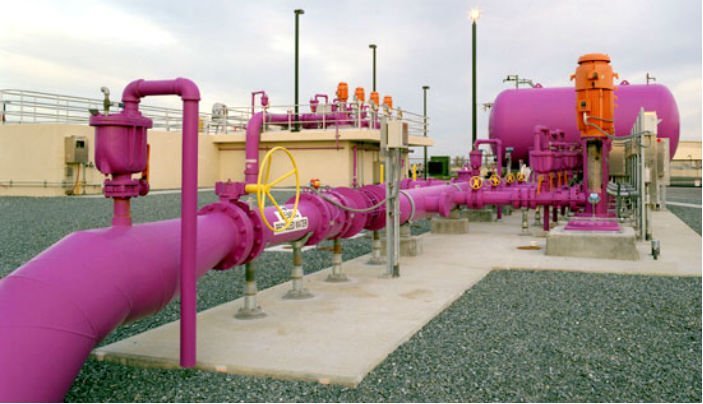
As the City’s imported water supply becomes more critical, so does the need to expand our local, sustainable water resources, including water recycling. Water recycling offers a reliable, economically feasible and environmentally sensitive way to augment the city’s water supplies. Recycling programs treat wastewater so that it can be used safely for irrigation and industrial […]

As the City’s imported water supply becomes more critical, so does the need to expand our local, sustainable water resources, including water recycling. Water recycling offers a reliable, economically feasible and environmentally sensitive way to augment the city’s water supplies. Recycling programs treat wastewater so that it can be used safely for irrigation and industrial purposes, groundwater replenishment, as a barrier against seawater intrusion and for other beneficial environmental uses.
Los Angeles has used recycled water since 1979 for irrigation. Recycled water keeps the landscape healthy in areas of Griffith Park, along with the Mount Sinai and Forest Lawn Memorial Parks. Currently, the LADWP is expanding its recycled water program to include both groundwater replenishment utilizing advanced treated purified recycled water to recharge groundwater supplies and a large purple pipe distribution system.
LADWP has made water recycling a key strategy of the Urban Water Management Plan (UWMP). The UWMP is a blueprint for creating reliable sources of water for the future of Los Angeles. The goal is to increase the total amount of recycled water to 59,000 acre-feet per year by 2035.
As technology advances, the possibility of recycling water to potable quality has become even more realistic. The Omniprocessor, a water purification device designed by Janicki Industries and partly funded by the Gates Foundation, recently successfully demonstrated how it converts sewer sludge into drinking water, electricity, and pathogen-free ash. A pilot project in Dakar, Senegal later this year will test the Omniprocessor in an urban context.
Improved purification technologies and better infrastructure can drive solutions for reducing the use of fresh water and dependency on imported water. For now, recycled water can already be put to a multitude of non-potable uses, and plays a major role in the strategy for a less thirsty Los Angeles.